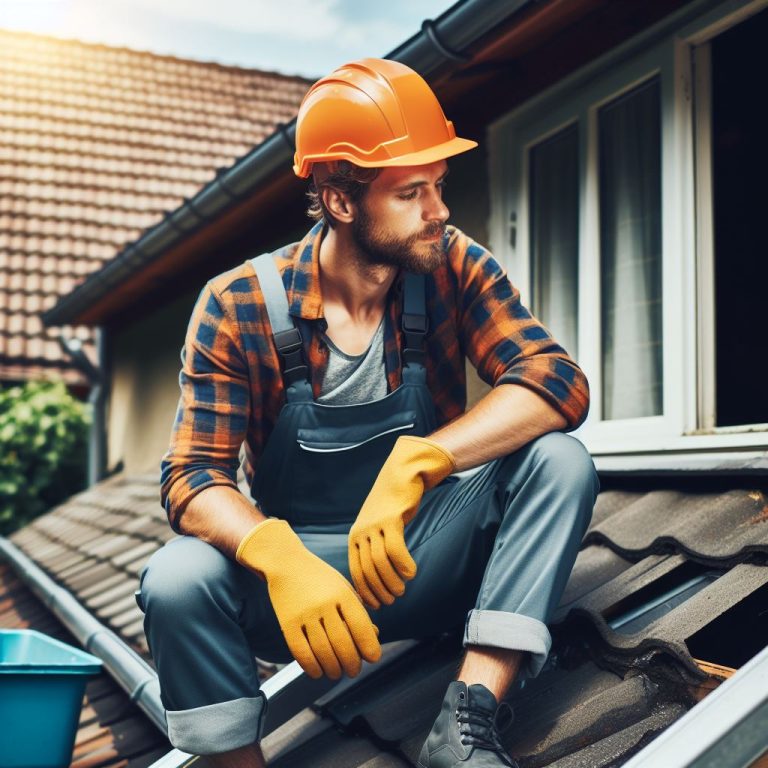Embarking on DIY projects at home can be a fulfilling and enjoyable experience, but it’s essential to be aware of potential health hazards, especially when working with materials that generate silica dust. When we work on DIY home projects, we’re typically trying to improve our lives, not shorten them!
So let’s talk about the dangers of silica dust in home projects and the type of respirator masks required to prevent any ill health effects.
Silica Dust at Home: A Hidden Threat
Even in a home workshop or garage, materials like concrete, stone, and certain woods can produce silica dust when cut, ground, or sanded. While DIY enthusiasts may not face the same level of exposure as professional contractors, it’s crucial to recognize the potential risks and take steps to protect respiratory health.

Choosing the Right Respirator
Both the CDC and OSHA recommend using N95 or better masks when dealing with
- Disposable Dust Masks: For occasional DIY projects, disposable dust masks with N95 or higher ratings can provide effective protection against silica dust inhalation. These masks are affordable and easy to use, making them suitable for intermittent use.
- Reusable Half-Mask Respirators: Hobbyists engaged in more frequent or extended projects may opt for reusable half-mask respirators. These respirators offer a better seal and can accommodate different filter cartridges, providing flexibility based on the type and concentration of dust.
- Ventilated Workspaces: Whenever possible, conduct DIY projects in well-ventilated areas. Open windows and use fans to facilitate the dispersion of airborne dust. Proper ventilation helps reduce the overall concentration of silica particles in the air.
Dust Control Methods for DIY Enthusiasts
- Wet Methods: Employ wet methods to minimize the generation of airborne dust. For instance, wetting down surfaces before cutting or using water during sanding can significantly reduce silica dust dispersal.
- HEPA Vacuum Cleaners: Invest in a high-efficiency particulate air (HEPA) vacuum cleaner designed to capture fine particles. Regularly clean work surfaces and use the vacuum to remove settled dust, preventing it from becoming airborne again.
- DIY Dust Collection System: Consider setting up a basic dust collection system using a shop vacuum with a HEPA filter. This can be particularly effective for power tools like saws and sanders, capturing dust at the source.
DIY Respirator Safety Tips
- Fit Testing: Ensure proper fit by conducting a fit test for your chosen respirator. A secure seal is essential to prevent silica dust from bypassing the respirator’s filtration system.
- Regular Replacement: If using disposable masks, replace them regularly. For reusable respirators, replace filters as recommended by the manufacturer to maintain optimal protection.
- Comfort Considerations: Choose a respirator that balances protection with comfort. DIY projects can be time-consuming, so selecting a respirator with a comfortable fit encourages consistent use.
Conclusion
Enjoying DIY projects at home should never compromise your respiratory health. By understanding the risks associated with silica dust and implementing practical solutions such as respirators and dust control methods, hobbyist DIY enthusiasts can ensure a safer and more enjoyable crafting experience. Prioritizing respiratory protection allows DIYers to pursue their passions with confidence and well-being.
FAQ
What materials commonly found in DIY projects produce silica dust?
Materials like concrete, stone, certain woods, and sand can generate silica dust when cut, ground, or sanded.
How often should I replace disposable dust masks when working on DIY projects?
Disposable dust masks should be replaced regularly, especially if they become soiled or difficult to breathe through. Follow the manufacturer’s recommendations for replacement intervals.
Can I use a regular vacuum cleaner for dust control in my DIY workspace?
It’s recommended to use a vacuum cleaner with a high-efficiency particulate air (HEPA) filter specifically designed for capturing fine particles, such as silica dust.
What’s the importance of fit testing for respirators in DIY projects?
Fit testing ensures that the respirator forms a secure seal on your face, preventing silica dust from entering. A proper fit is crucial for the respirator to provide effective protection.
Are there respirators suitable for occasional DIY projects?
Yes, disposable dust masks with N95 or higher ratings are suitable for occasional use during DIY projects. Ensure a proper fit for optimal protection.
How can I create a DIY dust collection system for my home workshop?
You can set up a basic dust collection system using a shop vacuum with a HEPA filter. Position the vacuum near power tools to capture dust at the source.
Is wetting down surfaces an effective method for controlling silica dust in DIY projects?
Yes, wetting down surfaces before cutting or using water during sanding can be an effective method to minimize the generation of airborne silica dust.
Can I use a standard mask for respiratory protection during DIY projects involving silica dust?
It’s recommended to use masks specifically designed for respiratory protection against silica dust, such as N95 respirators or reusable half-mask respirators with appropriate filters.
Are there any DIY-friendly alternatives to respirators for protecting against silica dust?
While not a substitute for respirators, proper ventilation, wet methods, and a well-maintained dust collection system can complement respiratory protection in DIY projects.
How can I ensure comfort when wearing a respirator during extended DIY projects?
Choose a respirator that balances protection with comfort. Look for features like adjustable straps and a comfortable fit to encourage consistent use during prolonged projects.




